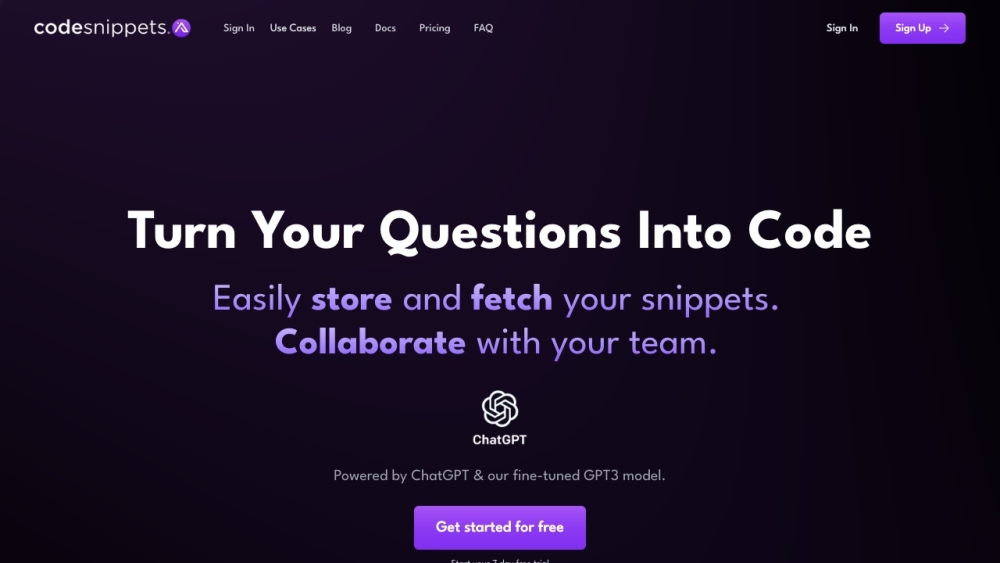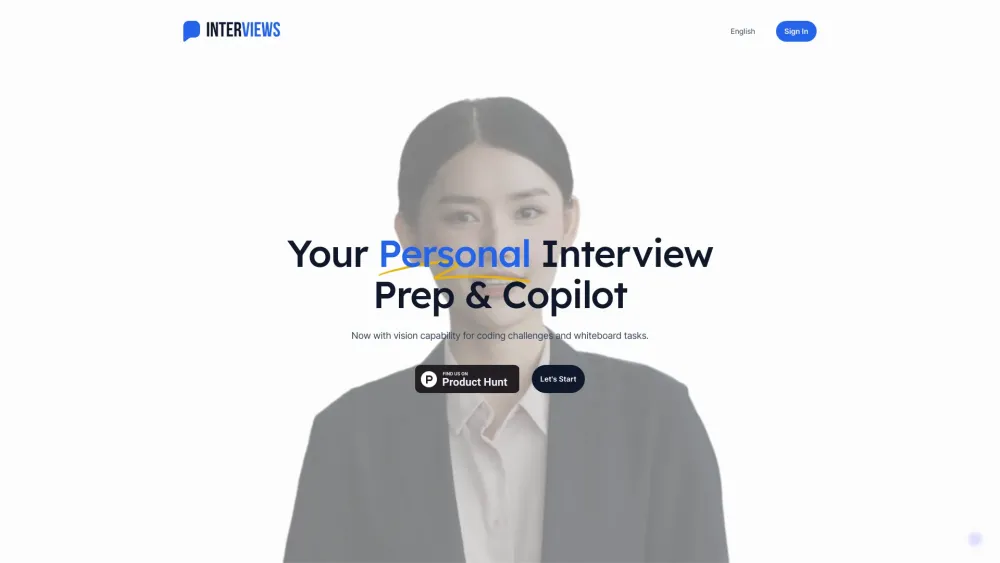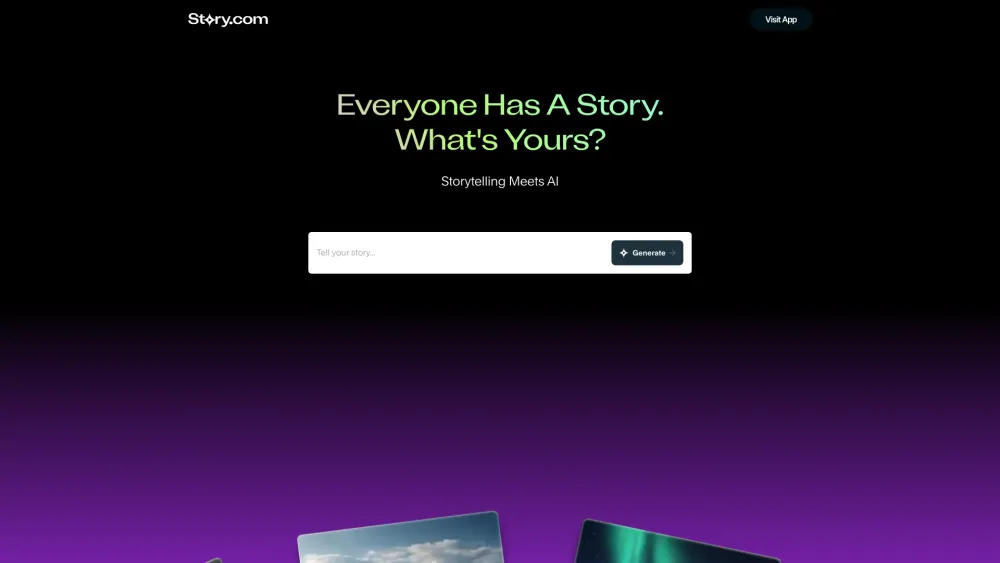After the success of "Run, Rabbit," the concept of AI has turned its gaze towards the cultural sector. On one hand, there's a significant triumph for AIGC (Artificial Intelligence Generated Content): on August 20, the game "Black Myth: Wukong" was officially released as China's first true homegrown AAA title, skyrocketing to the top of the Steam global bestsellers list even before its launch. International players are diving into "Journey to the West" just to fully grasp the game, while some enthusiasts are using AI tools to create promotional videos. Coincidentally, last month saw the conclusion of the country's first AIGC-generated short drama, "Sanxingdui: A Future Revelation," which has accumulated over 140 million views across platforms, including 135 million on Douyin, making it the most-watched sci-fi short drama on the site. Remarkably, even the script was penned by AI.
However, this progress has sparked protests from human creators. In early August, over a hundred creators filed a collective lawsuit against OpenAI in Northern California, claiming it unlawfully recorded YouTube videos to train its models. Similarly, authors of the platform Tomato Novel protested a newly introduced "AI training addendum" in their contract. Although Tomato Novel eventually withdrew this clause under pressure, many creators feel this represents merely a "temporary victory." The era of AI-assisted creation is undeniably here and growing rapidly. From continuing Beethoven's unfinished 10th Symphony to reimagining the "Mona Lisa" in the style of Qi Baishi, numerous AIGC projects are emerging, including micro-dramas like "Sanxingdui: A Future Revelation," "Heroes," and "The Mythical Mirror: Waves Splitting."
What does AIGC really bring to creators? At its core, AIGC enhances efficiency and productivity. With AIGC-assisted content generation, creators can quickly familiarize themselves with their fields, generating a "first draft" that significantly boosts productivity, allowing them to focus more on creative design. AI can also provide inspiration based on existing data, with various software options now available. AIGC not only offers creators expansive avenues for expression but also introduces new artistic paradigms, reshaping the cultural industry.
"Sanxingdui: A Future Revelation," as the first AIGC sci-fi short drama, showcases the technology's remarkable advancements in both narrative coherence and visual quality. This demonstrates the ever-evolving nature of AIGC in content creation and reveals the limitless potential of "digital + content" interactions. This new artistic form can even cater more effectively to audience preferences, thus reshaping the creative process to align closely with audience demands. The captivating themes and scenes explore ancient Shu civilization and ancient myths, engaging viewers with unique perspectives and storytelling techniques, offering a rich visual and emotional experience.
Undeniably, AI's exploration into cultural creation has introduced richness and diversity to artistic endeavors. However, several challenges remain in terms of copyright, personal privacy, and ethical considerations. Authors on platforms like Tomato Novel have discovered their plots replicated in AI-generated content on other ByteDance-affiliated software. Moreover, issues such as data security and original copyrights require urgent attention and a robust regulatory framework.
While some AI-generated works may exhibit logical consistency, they often lack the profound emotional depth and human touch that resonate with audiences. The unique aesthetic and linguistic style of human creators cannot be replicated by AI, which, devoid of subjectivity, struggles with empathy and emotional expression. Issues like misaligned lip movements, awkward body language, and rigid facial expressions are prevalent in AI-generated visuals.
Truly, the fusion of AI and human creativity needs to be synergistic for high-quality works to emerge. The enhancements provided by advanced language models like GPT-4 improve accuracy and precision in depicting reality; however, the essential creative qualities that define human artistry—those irreplaceable aspects of emotion and deep thought—remain largely untouched by AI.
For creators, there’s an opportunity to embrace new digital art forms. This collaboration can address the shortcomings in AI-generated narratives and outcomes. Some pioneers have already started utilizing AI as a creative assistant, recognizing the potential benefits. As evidence, a recent literary award-winning author shared that 5% of their acclaimed work involved direct AI generation. Additionally, AI has successfully supported authors in numerous ways, such as organizing outlines, proofreading, and streamlining creative processes.
To ensure that high-quality creations prevail and do not get overshadowed by inferior works, society needs to establish regulations that guide AI’s integration into artistic creation. The implementation of the "Interim Provisions on the Management of Generative Artificial Intelligence Services" in August 2023 is a step forward in regulating AI-generated content.
Leading figures in the field have long argued that the goal of utilizing AI in creativity is to enhance human capability rather than diminish it. AI should liberate humans from mundane labor, allowing them to focus on creative activities like painting, writing, and deep thinking. Learning to effectively collaborate with AI can bring a future where artistic creation flourishes, rather than succumbing to mediocrity.





